
Blockchain makes the history of any digital asset unalterable and transparent using decentralization & cryptographic hashing. It is an especially promising and revolutionary technology because it helps reduce risk, stamps out fraud and brings transparency in a scalable way for myriad uses. A blockchain is decentralized, so there is no single authority that can approve the transactions or set specific rules to have transactions accepted. That means there is a huge amount of trust involved since all the participants in the network must reach a consensus to accept transactions.

Static blockchains tend to be less computational intensive since records are not frequently changed. Exporting the static blockchain data into an analytics platform allows you to review various transaction characteristics, segment transactions, analyze trends, predict future events, and identify relationships between the blockchain and other data sources.
Here the ledger consists of records that are stored as a reference purpose. Take, for instance, the land title. There are many cases of ambiguity in title ownership. With blockchain technology, the records once stored cannot be altered. Any changes are time stamped. In case of dispute, the title can be tracked through the path of origin. The other places where it can be used are in patents, research articles, and food safety & origin ledgers.
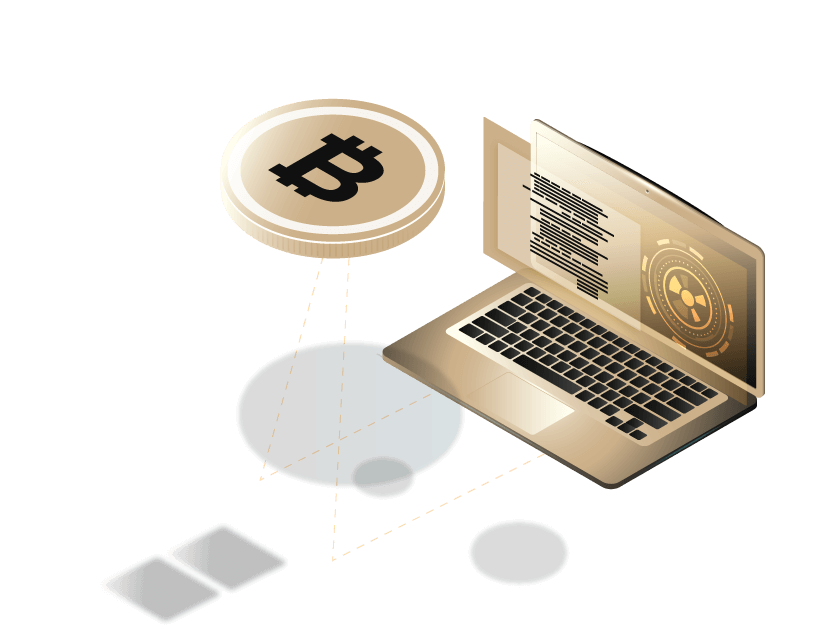
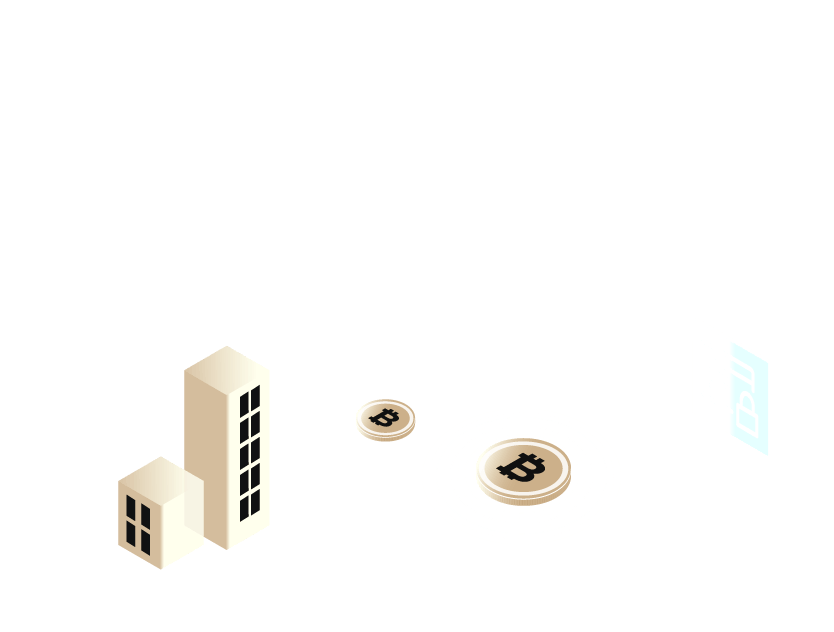
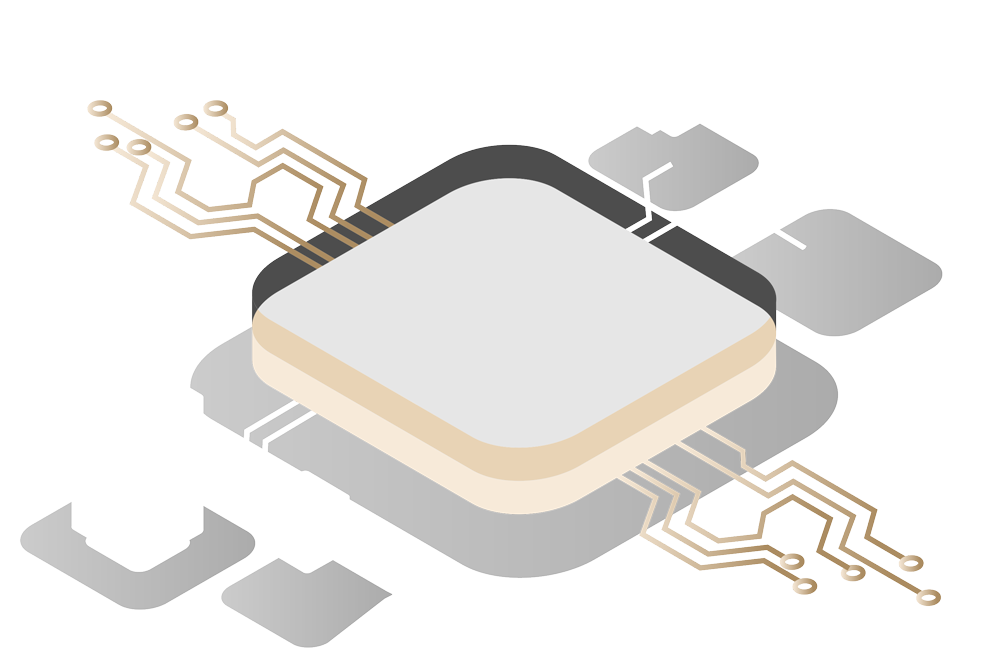
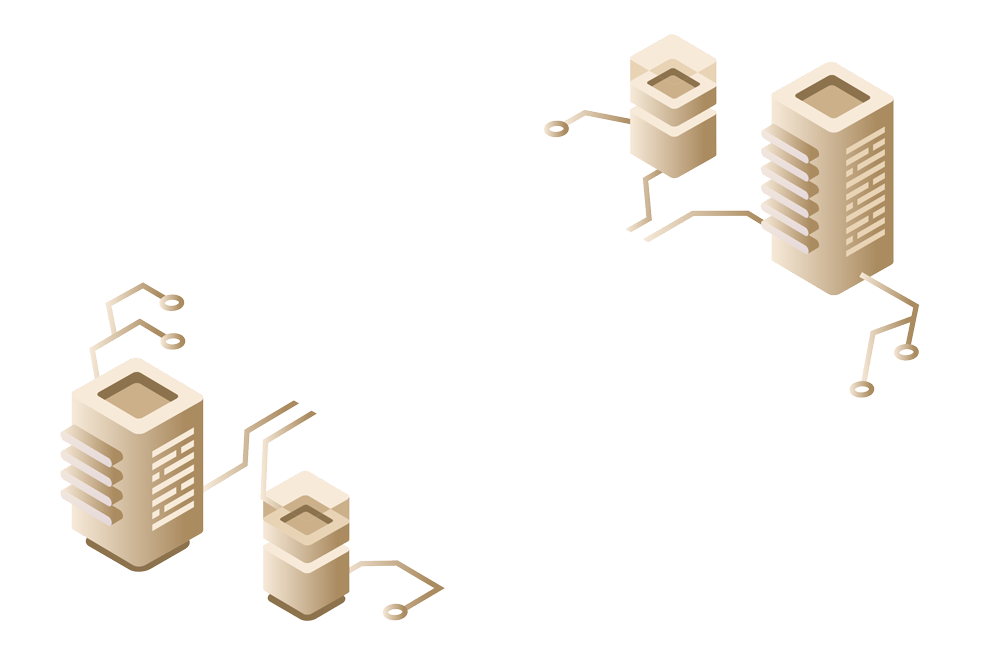
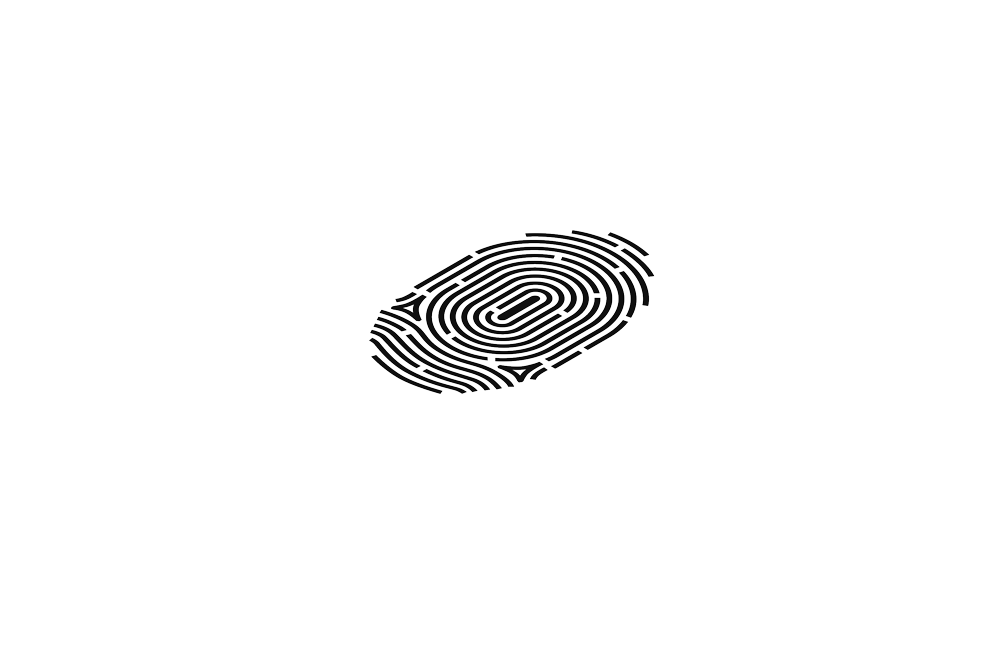

Identity management is vital in today’s modern internet driven economy. Unfortunately, current identity management solutions are in desperate need of improvement.
Each year, the number and scope of identity theft is increasing at an alarming rate. One of the central problems relating to this trend is the inability of current identity solutions to keep pace with security breaches. There is one technology that promises to both make identity software solutions and their management much more safe and accessible, this technology is Blockchain.



Mob: +91 93118 16065
India Office Address
![]() 603 D-Mall Netaji Subhash Place, Delhi 110034 IND
603 D-Mall Netaji Subhash Place, Delhi 110034 IND
![]() Logix Cyber Park, Tower D, 9th & C-28 & 29, C Block, Sector 62,Noida, Gautam Buddh Nagar, Uttar Pradesh 201301
Logix Cyber Park, Tower D, 9th & C-28 & 29, C Block, Sector 62,Noida, Gautam Buddh Nagar, Uttar Pradesh 201301
US Office Addresses
![]() 16192 Coastal Highway Lewes, Delaware 19958 USA
16192 Coastal Highway Lewes, Delaware 19958 USA
![]() 539 W. Commerce St Suite 6079, Dallas, TX 75208 USA
539 W. Commerce St Suite 6079, Dallas, TX 75208 USA
The best way to describe smart contracts is to compare the technology to a vending machine. Ordinarily, you would go to a lawyer or a notary, pay them, and wait while you get the document. With smart contracts, you simply drop a bitcoin into the vending machine (i.e. ledger), and your escrow, driver’s license, or whatever drops into your account.
More so, smart contracts not only define the rules and penalties around an agreement in the same way that a traditional contract does, but also automatically enforce those obligations. If you are looking for a more detailed walkthrough of smart contracts please check out our blockchain courses on smart contracts.
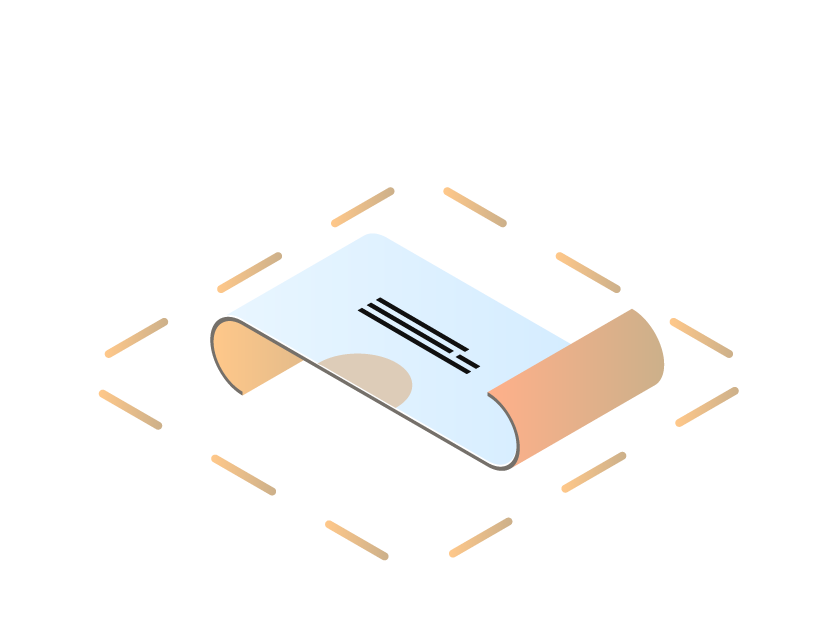
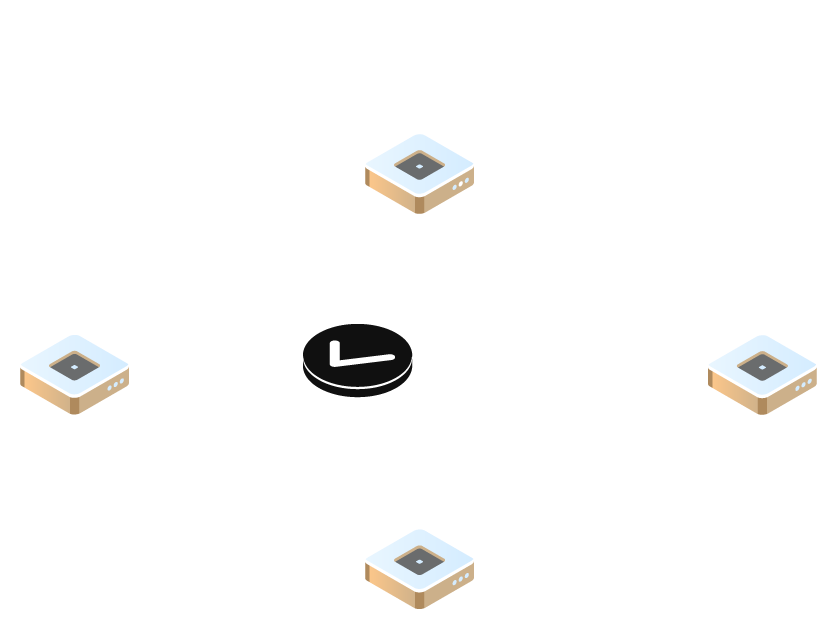

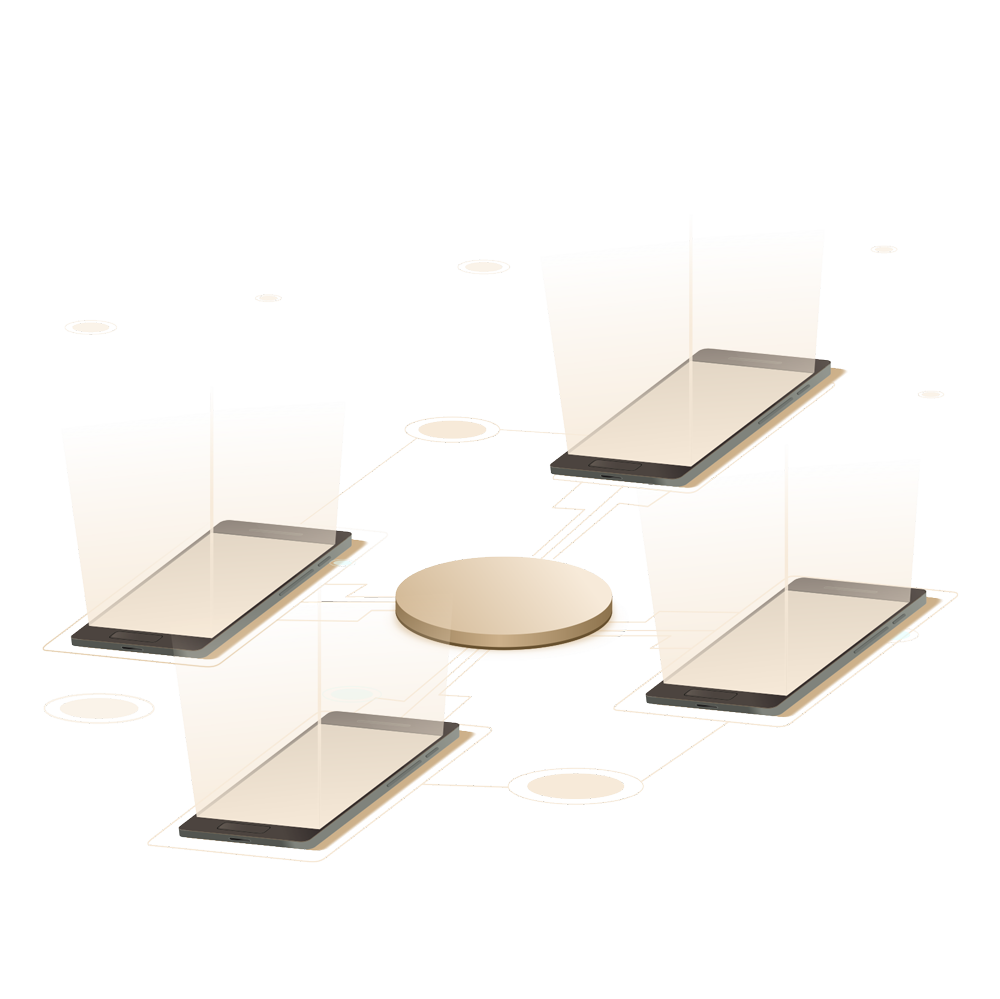
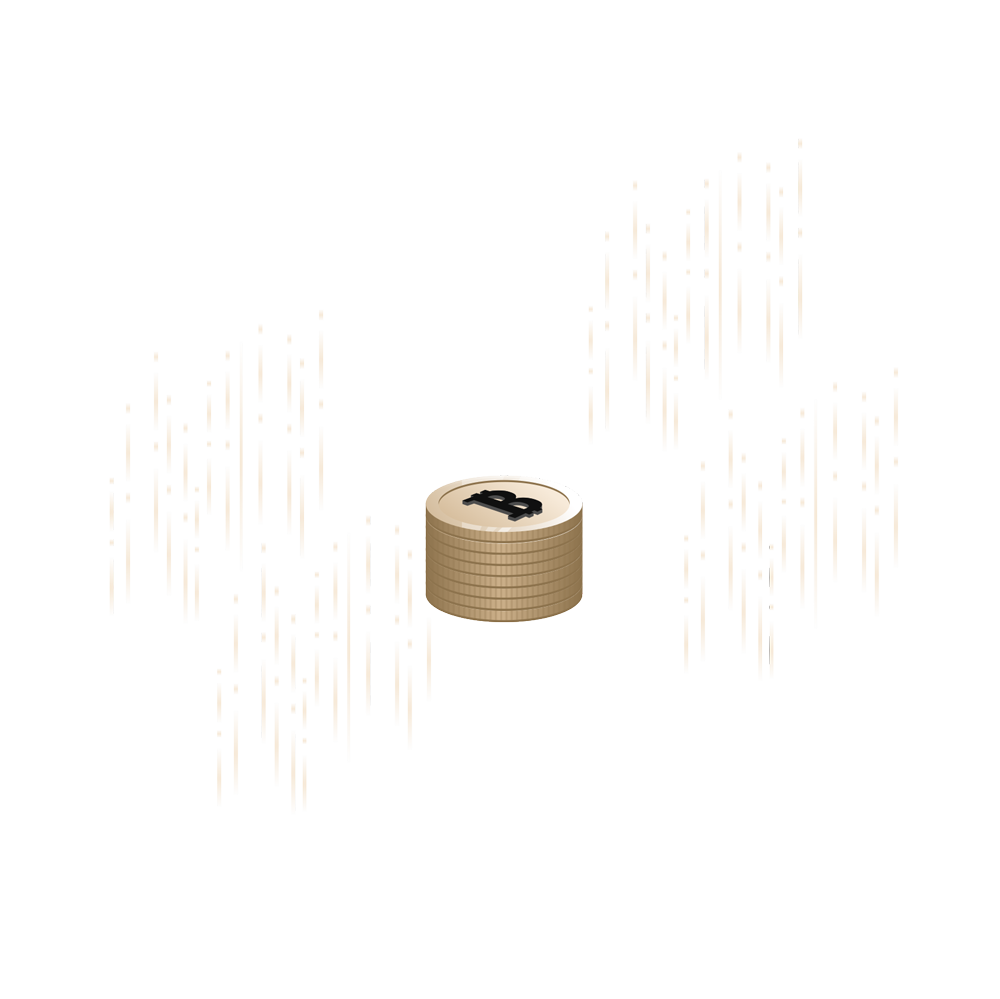

Distributed database that automatically updates as assets are exchanged by members. The distribution is unique: records are not communicated to various nodes by a central authority, but are instead independently constructed and held by every node. That is, every single node on the network processes every transaction, coming to its own conclusions and then voting on those conclusions to make certain the majority agree with the conclusions.
The invention of distributed ledgers represents a revolution in how information is gathered and communicated. Dynamic transactions allow users to move beyond the simple custodianship of a database and divert energy to how we use, manipulate and extract value from databases — less about maintaining a database, more about managing a system of record.


Blockchain is being recognized as the new technology that would reduce fraud in the financial world where 45% of financial intermediaries like stock exchanges and money transfer services are prone to financial crimes routinely. This is a dynamic registry that updates as the cash or cryptocurrency payments are made on the network. This is advantageous for international payments in business.
Most banking systems in the world, built on a centralized database, are more vulnerable to cyberattack because once hackers attack the one system they get full access. This technology would get rid of some of the current crimes committed online today against our financial institutions.

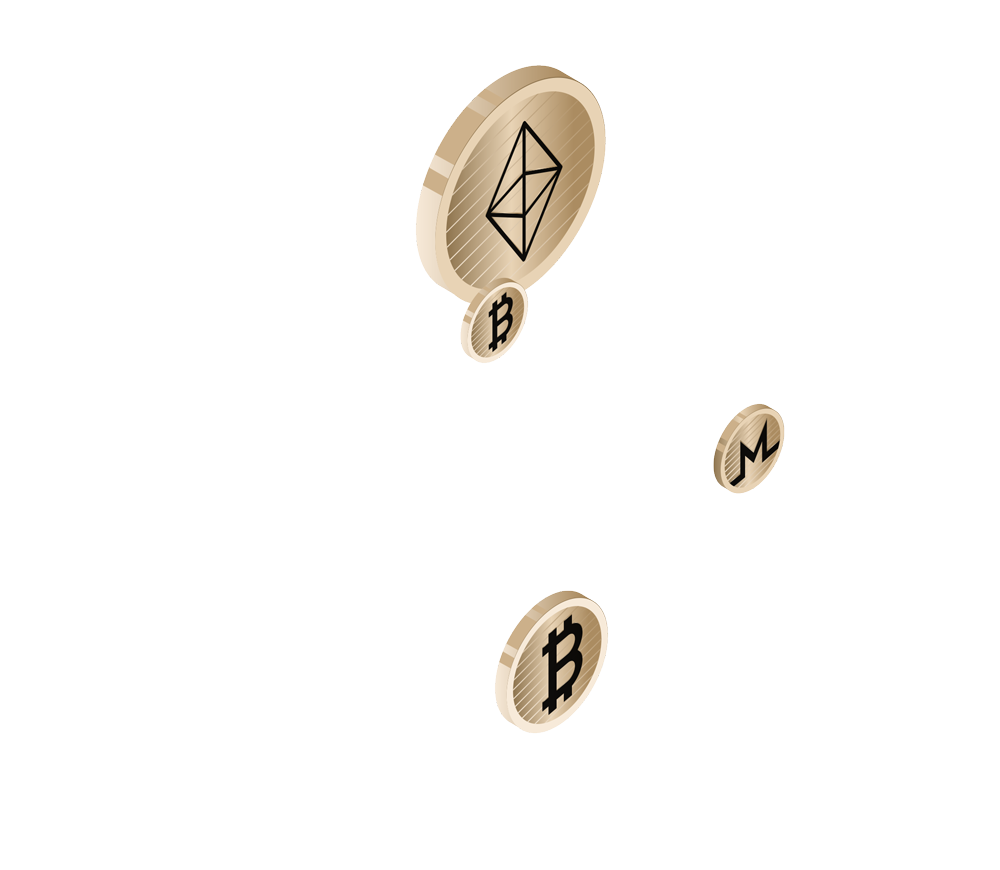
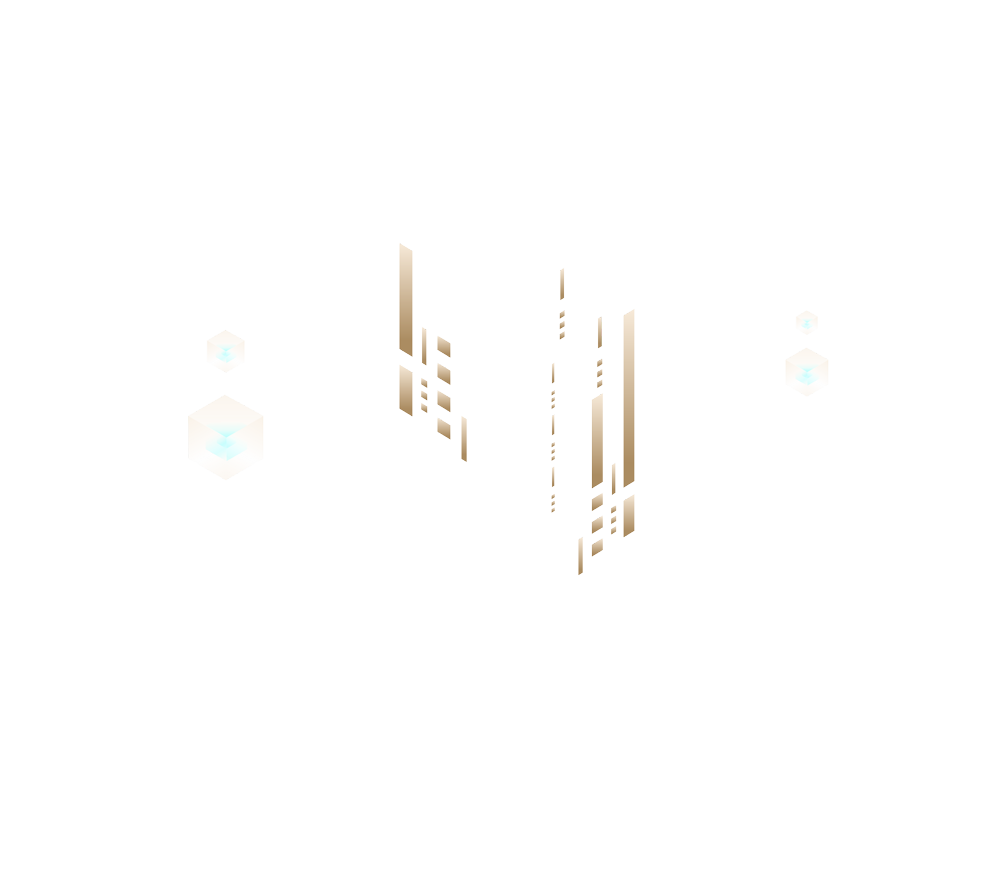
YIt is digital information (block) stored in public database (chain). It is chain of blocks that holds information of transactions taking place over the web.
Yes, it is a database. The basic dissimilarity between a blockchain and a database is centralization. However we can say that blockchain is a database but a database is not a blockchain.
Blockchain provides secure yet transparent way for any type of transaction. It offers greatest level of security to the individual user.
Blockchain cannot be hacked as it is the decentralized system and intrinsically a very secure technology.
There are many advantages of Blockchain for global enterprises as well as for local communities. It is attack resistance, has high level of security, tokenization, built-in incentivization, faster transactions, fraud control, no hidden fees, shared IT infrastructure and many more.
Yes, blockchain can be added to current traceability systems.
All blockchain transactions are trackable, publicized and permanently stored in Bitcoin network .
If speed, resilience, party trust and privacy are bigger priorities then you should use blockchain.



